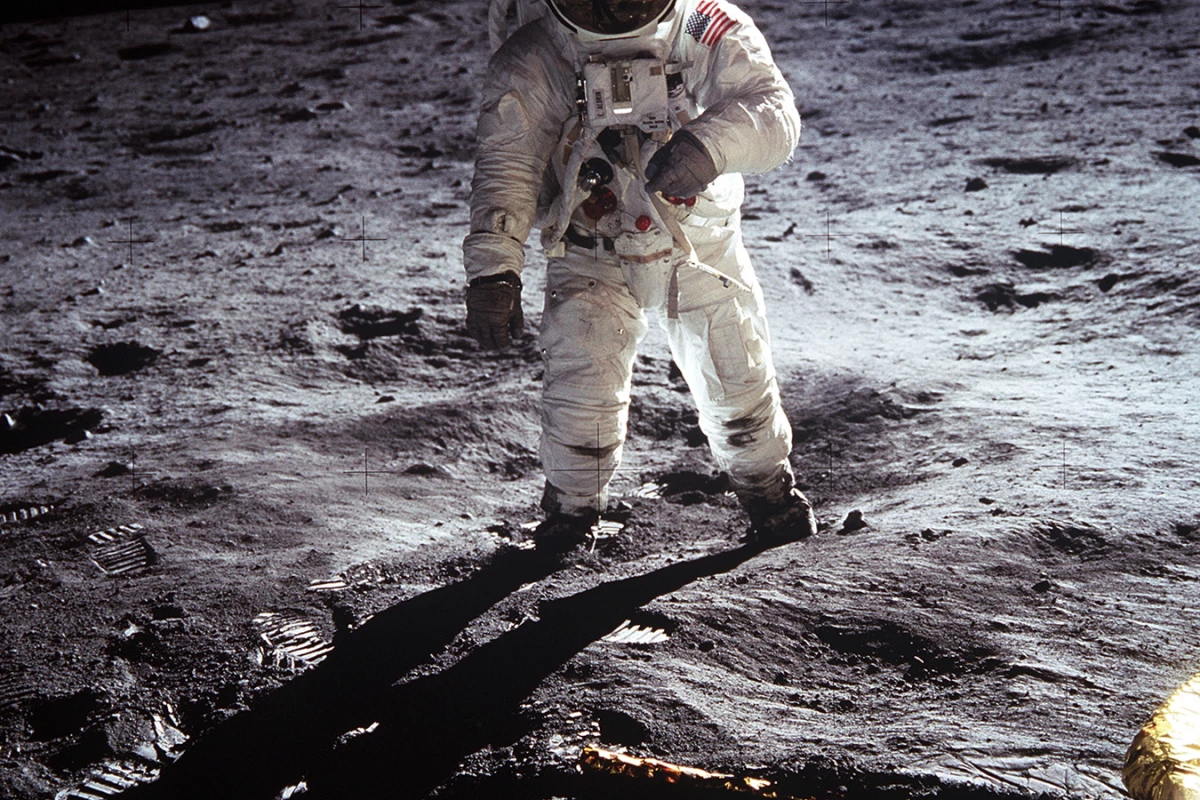When the moon-walking Apollo 11 astronauts returned to Earth in 1969, amongst the 47.5 pounds (21.5 kg) of lunar rocks they brought with them were three minerals from Tranquility Base that were thought to be unique to the Moon or lunar and possibly Martian meteorites. They were armalcolite (named after Neil Armstrong, Edwin 'Buzz' Aldrin and Michael Collins), pyroxferroite and tranquillityite. Both armalcolite and pyroxferrite were later found on Earth, leaving tranquillityite as the last mineral believed to have no terrestrial counterpart. Now tranquillityite has also been struck off the list with its discovery in the remote Pilbara region of Western Australia.
The researchers from The University of Western Australia's Centre for Microscopy, Characterisation and Analysis (CMCA) who confirmed the identity of the Pilbara mineral believe tranquillityite retained its unique status for so long because it is rare, small and prone to change. While the Moon's minerals are pristine due to a lack of water, even small amounts of water in magma on Earth causes the minerals to change, making them hard to identify.
After Curtin University's Professor Birger Rasmussen tentatively identified the Pilbara mineral as tranquillityite after studying it in a scanning electron microscope, the CMCA's Dr Janet Muhling and Assistant Professor Alexandra Suvorova and their colleagues confirmed its identity by targeting the sample with an electron beam in an electron microscope and analyzing the X-rays emitted. This confirmed that the mineral was made up of the same elements as lunar tranquillityite, while electron diffraction showed that the two minerals have the same crystal structure.
The researchers say the Pilbara rocks in which tranquillityite occurs were once thought to have been about 820 million years old. However, with tranquillityite being an ideal mineral for determining the age of the enclosing rock using radiometric dating, Professor Rasmussen and colleagues at the John de Laeter Centre for Isotope Research have now shown that they are about 1,040 million years old.




